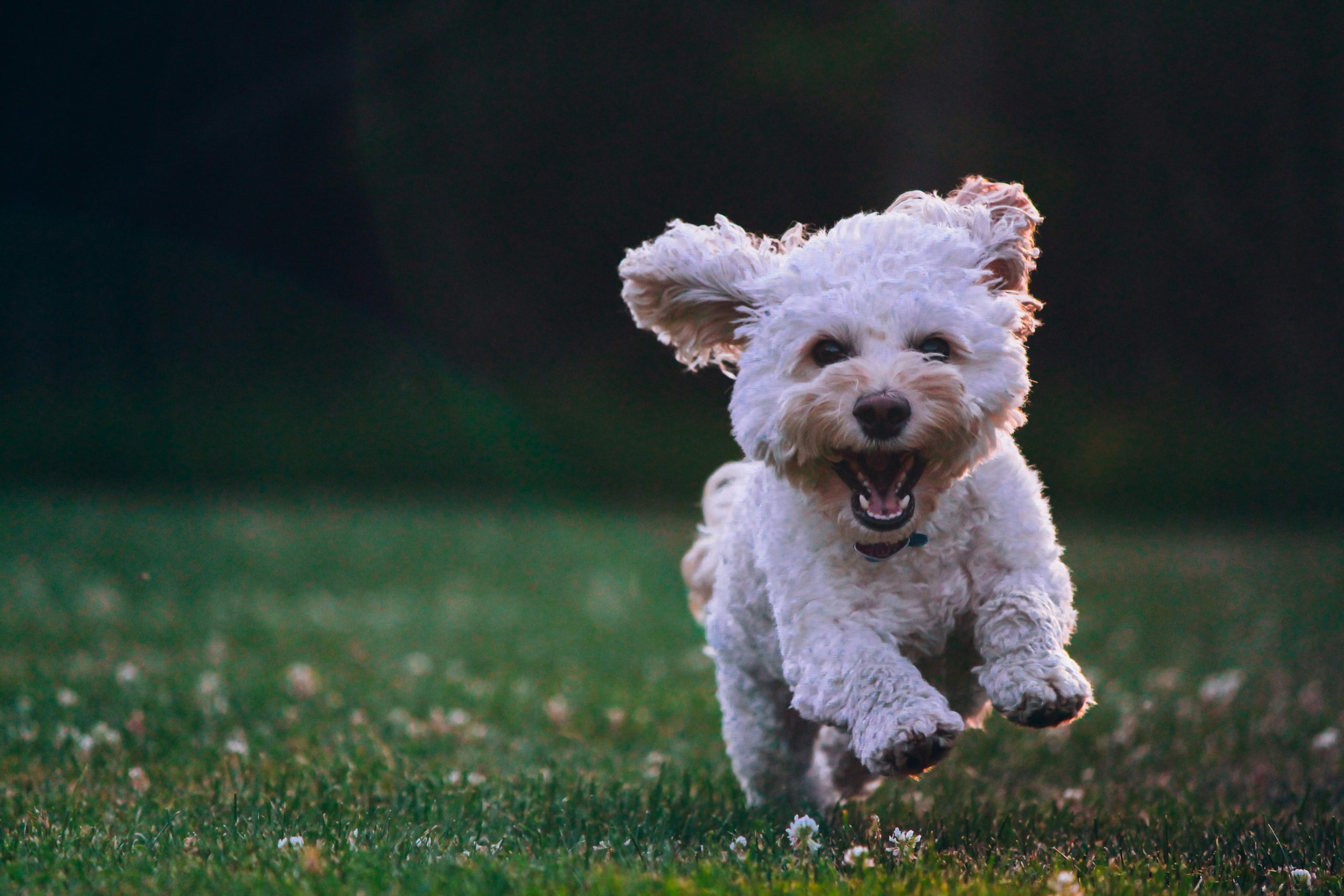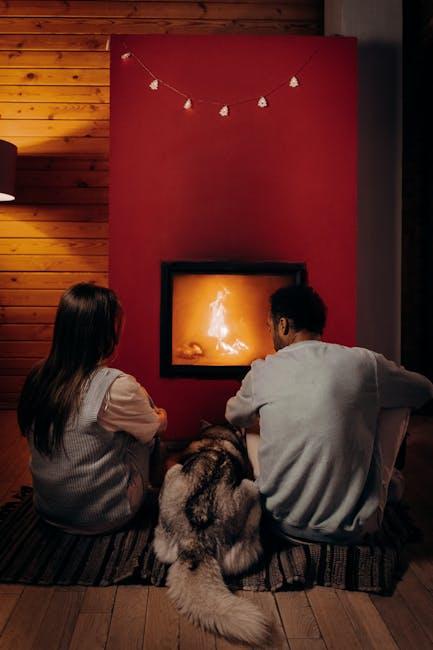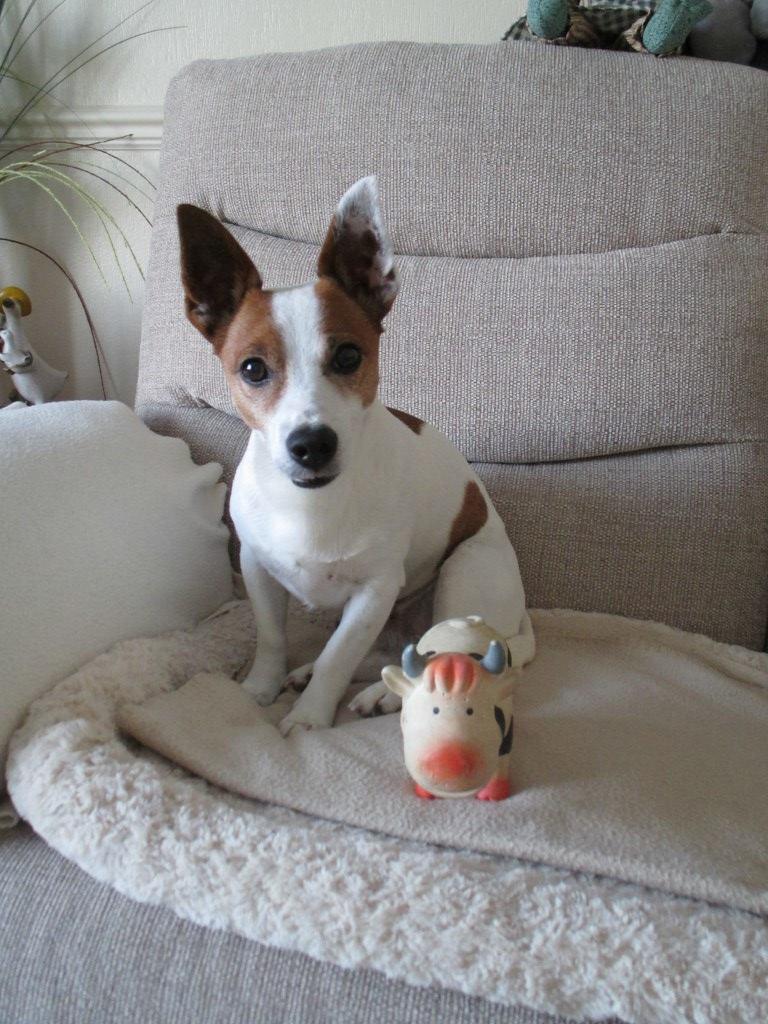Best practices for introducing a dog to new environments

Introducing a dog to new environments can be both an exciting adventure and a delicate balancing act. Just like humans, dogs experience the world through a symphony of sights, sounds, and smells, each new environment offering a unique tapestry of sensory stimuli. For pet owners, the challenge lies in ensuring these novel experiences are as enriching as they are safe. Whether it’s a bustling city street, a tranquil forest trail, or a neighbor’s backyard, each new setting presents an opportunity for growth and bonding. In this article, we will explore the best practices for guiding your furry friend through unfamiliar territories, providing tips and insights to make every journey a positive experience. From understanding canine body language to employing gradual exposure techniques, we aim to equip you with the knowledge to turn new environments into cherished adventures for both you and your four-legged companion.
Exploring New Horizons: Understanding Your Dogs Sensory World
When introducing your dog to new environments, understanding their sensory world can make the transition smoother and more enjoyable for both of you. Dogs perceive their surroundings through a symphony of scents, sounds, and sights, which can sometimes overwhelm them in unfamiliar settings. Here are some best practices to guide you:
- Gradual Exposure: Allow your dog to acclimate at their own pace. Start with brief visits and gradually increase the duration as they become more comfortable.
- Familiar Scents: Bring along a blanket or toy that carries familiar scents to provide comfort and a sense of security.
- Positive Reinforcement: Use treats and praise to encourage exploration and reward calm behavior, reinforcing positive associations with the new environment.
- Observe and Adapt: Pay attention to your dog’s body language. If they seem stressed, take a step back and give them time to adjust.
- Consistent Routine: Maintain feeding and walking schedules to provide stability and predictability amidst new surroundings.
By attuning to your dog’s sensory experiences and implementing these practices, you can transform new environments from potentially stressful to exciting adventures, enriching your dog’s world and strengthening your bond.
Building Confidence: Gradual Exposure Techniques for Stress-Free Adaptation
To help your furry friend acclimate to new surroundings, consider implementing gradual exposure techniques. Start by introducing your dog to new environments in small, manageable doses. For example, take short walks around the neighborhood before venturing to busier areas. The key is to ensure each experience is positive, allowing your dog to build confidence at their own pace.
- Begin with quiet, familiar settings and gradually introduce more stimuli.
- Use treats and praise to reinforce calm behavior and make each new encounter enjoyable.
- Observe your dog’s body language to ensure they are comfortable and not overwhelmed.
With patience and consistent practice, your dog will become more comfortable in unfamiliar places, paving the way for stress-free adaptation to any environment.

Creating Comfort: The Role of Familiar Scents and Objects in New Spaces
When transitioning your furry friend into a new environment, the familiar scents and objects from their previous space can play a pivotal role in easing anxiety and fostering a sense of comfort. Dogs, with their acute sense of smell, find solace in items that carry the scent of home. This can include favorite blankets, toys, or even an unwashed shirt from their beloved human. The olfactory connection serves as a bridge between the known and the unknown, creating a comforting atmosphere amidst unfamiliar surroundings.
- Pack a scent kit: Before the move, gather a collection of items that hold the scents of your current home. This can be as simple as a toy or a piece of your clothing.
- Designate a safe space: Set up a small area in the new environment with these familiar items to provide a retreat for your dog.
- Introduce gradually: Allow your dog to explore the new environment at their own pace, encouraging them to return to their scent-rich haven when they feel overwhelmed.
- Maintain routine: Stick to familiar feeding and walking schedules to reinforce a sense of normalcy.
By thoughtfully incorporating these practices, you create a seamless transition for your canine companion, turning a daunting change into an exciting new chapter filled with the comfort of home.

Mindful Adventures: Recognizing and Responding to Canine Stress Signals
When embarking on new adventures with your canine companion, it’s crucial to recognize and respond to their stress signals to ensure a positive experience for both of you. Dogs communicate their discomfort through a variety of subtle signs. Watch for body language cues such as tucked tails, pinned-back ears, or excessive panting. These can indicate that your dog is feeling overwhelmed. Vocalizations like whining or barking may also be signs of stress, especially if they’re out of the ordinary for your pet. Observing these signals allows you to address their needs promptly and appropriately.
- Give them space: Allow your dog to explore at their own pace and avoid forcing them into situations that make them uncomfortable.
- Offer reassurance: A calm voice and gentle touch can help soothe your pet, letting them know they are safe.
- Provide distractions: Toys or treats can divert their attention from stressors and create positive associations with the new environment.
By being attuned to these signals and responding with patience and empathy, you create a foundation of trust, making each new environment a potential playground for joy and discovery.



